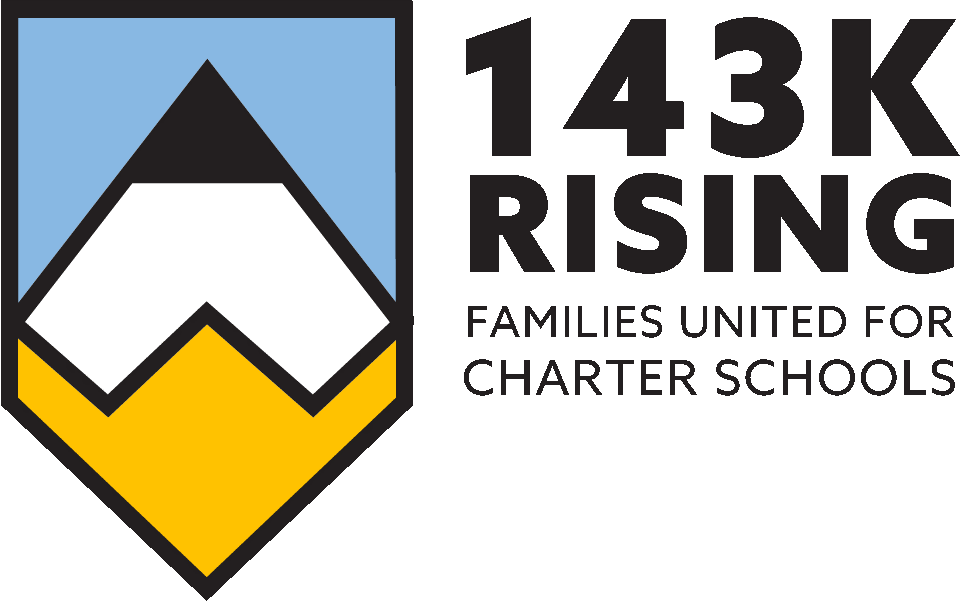HARRISBURG (April 4, 2022) – The Pennsylvania House Democratic Policy Committee held a public hearing today on alleged impacts of charter schools on rising property taxes. The hearing was hosted by Rep. Mary Isaacson, Vice Chair of the Policy Committee, an outspoken opposer of charter schools and school choice.
“This is a blatant attempt to mislead the public. There is no ambiguity on the funding numbers associated with charter schools. Public charter schools receive less and do more with the tax dollars they receive for each enrolled student. The continued increase in enrollment is a clear indicator that parents value charter schools in the public education system. Officials need to take these enrollment trends into consideration and make sound financial decisions rather than these continued attacks on charter schools. ” – Bob Lysek, Founder and CEO, Executive Education Academy Charter School
According to recent data, Pennsylvania school districts have several billions of dollars in reserve funds as well as COVID-19 relief funds. The primary cost drivers for local school districts are administration and retirement benefits costs, not the disbursement of funds for 170,000 charter school students. School districts spend 12.5% of total expenditures on Public School Employees’ Retirement System (PSERS) and retirement spending. This equates to more than double the amount of school district disbursement of funds to charter schools.
The collected funds allocated to the education of 170,000 public charter school students is a parent or guardian’s taxpayer money that belongs to their scholar, not the school district school that was unable to meet the unique needs of that child. The money belongs with the student, not the system.
Public charter schools teach a higher percentage of economically disadvantaged students compared to public school district schools. Students-of-color make up roughly 67% of charter school enrollment, while only making up roughly 35% of public school enrollment overall.
Charter schools receive an average of $3,000 less per-student funding compared to district-operated schools. The school districts retain 25 percent, or one quarter, of every dollar spent on public education instead of distributing the full amount to the public charter school the student attends.
Demand for public charter schools has been growing for years. Since Governor Wolf began during the 2014-2015 school year, enrollment in public charter schools has grown by more than 25 percent. For the 2020-21 school year alone, Pennsylvania cyber and brick-and-mortar charter school enrollment grew 15.49 percent, or 22,696 students. Preliminary data shows that there are thousands of students on waitlists to attend public charter schools across the Commonwealth, including approximately 30,000 in Philadelphia alone.
This hearing follows Gov. Wolf’s proposed budget announcement to cut public charter school funding by $373 million and a proposed Pennsylvania Department of Education regulation that attempts to change charter school law and make it harder to establish new public charter schools and operate and expand existing schools.
###
About PCPCS
The Pennsylvania Coalition of Public Charter Schools (PCPCS) is the voice of charter schools in the state of Pennsylvania – representing both brick-and-mortar and cyber schools throughout the Keystone State. To schedule an interview with a member of the Coalition staff, a charter school leader, or a charter school parent, please contact Jean Morrow, manager of public affairs and policy, at j.morrow@pacharters.org.
